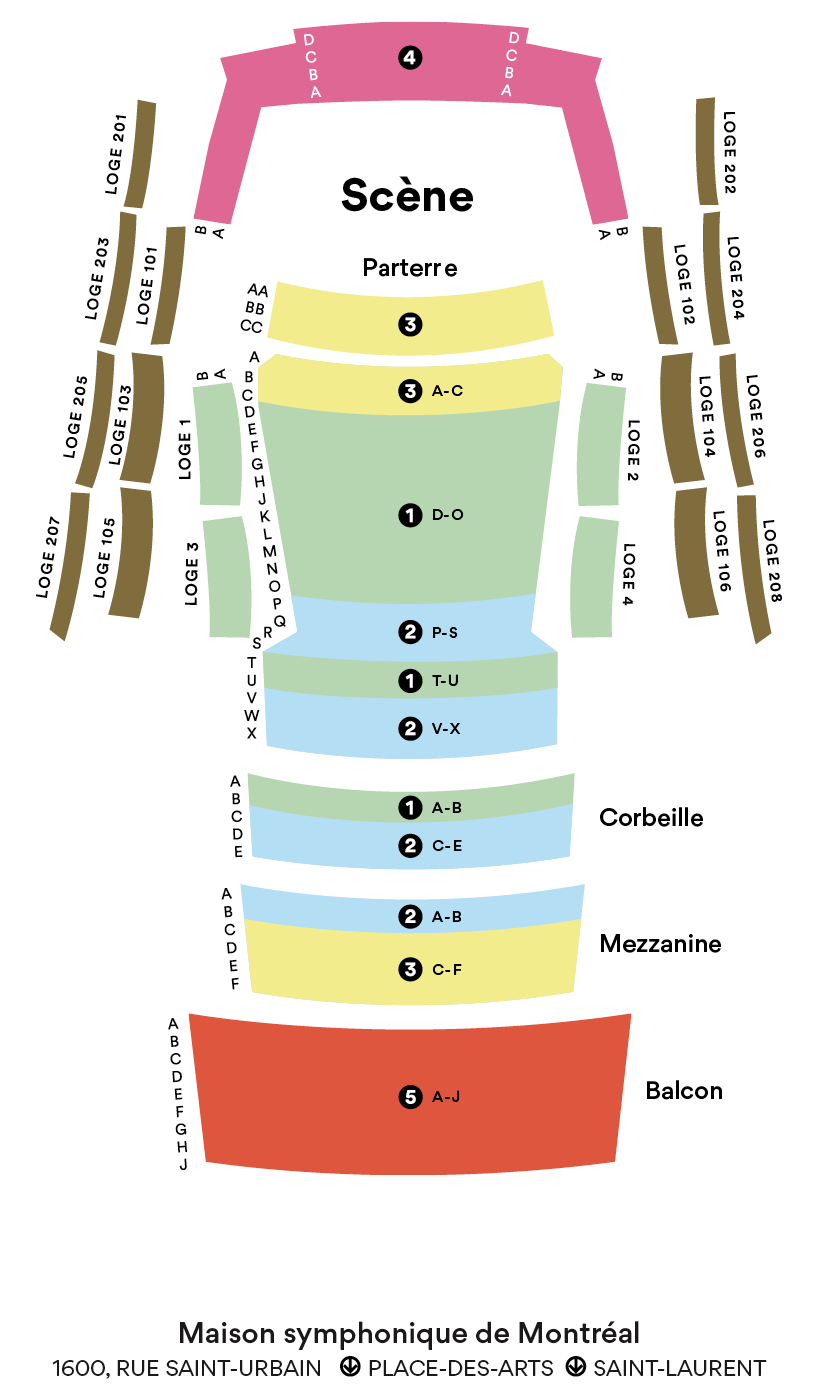Symphony No. 5 in D minor
Shostakovich
1906 – 1975
“I have tried, in my fifth symphony, to show the Soviet listener that I have taken a turn toward greater accessibility, toward greater simplicity.” – Dimitri Shostakovich
Highly political circumstances surrounded and even dominated the composition of Dimitri Shostakovich’s Symphony No. 5 in 1937. Three years earlier, he had brought to the stage his opera Lady Macbeth of the Mtsensk District, a work that, while daring and caustic in both its subject and musical treatment, met with success across the country. But Communist Party officials, in the name of the “indefinable canons of ‘socialist realism’” (Romain Goldron), soon characterized it as “vulgar, formalistic [and] neurotic . . . a wilderness of musical chaos.” At a time of sweeping Stalinist purges, Shostakovich decided to compose, for the 20th anniversary of the 1917 Revolution, his fifth symphony as, he explained, “the response of a Soviet artist to justified criticism.”
Continuing the post-Romantic line of Mahler, Bruckner and the great Russians, the dark and tragic Symphony No. 5 in D minor achieves greatness with an entirely classical economy and admirable orchestration. “Despite the obligatory concessions, his language has an undeniable authenticity.” The question remains as to whether Shostakovich was truly seeking to mend his ways or simply to circumvent the diktat through an ostensible “creative bending to authority.” The fact remains that, later that year (1937), he was granted a professorship at the Leningrad Conservatory and, six years after, at the Moscow Conservatory, among other honours.
In large intervals handled canonically, the opening Moderato presents on the strings the sharp, agonizing rhythm that permeates the movement. A second, more serene theme adopts pastoral colours over pulsing strings before everything kicks into high gear, the themes undergoing various treatments until the celesta ushers in the delicate ending. The ensuing Allegretto shapes itself into a colourful, mocking scherzo, a kind of parody of waltzes popular at the time. “One of Shostakovich’s most inspired orchestral pages” (André Lischke), the Largo, with its divided strings, unfolds as a meditative chorale gaining in intensity. There follows a “passage of a very Tchaikovskyesque agony” and a coda “that dies out over detached notes on the harp and celesta.” Lastly, the headstrong Allegro non troppo with its touch of sarcasm raises the question of the composer’s sincerity. Despite the return of the tense lyricism of the opening Moderato, one is yet again left wondering as to the meaning of the conclusion, in D major, “impossibly flashy, conventional and trite,” a kind of cry of defiance or perhaps distress (it’s anybody’s guess). Shostakovich himself may have provided part of the answer In Testimony, his purported memoir: “The rejoicing is forced, created under threat . . . you have to be a complete oaf not to hear that.”
© 2022 François Filiatrault
Translation by Craig Schweickert
